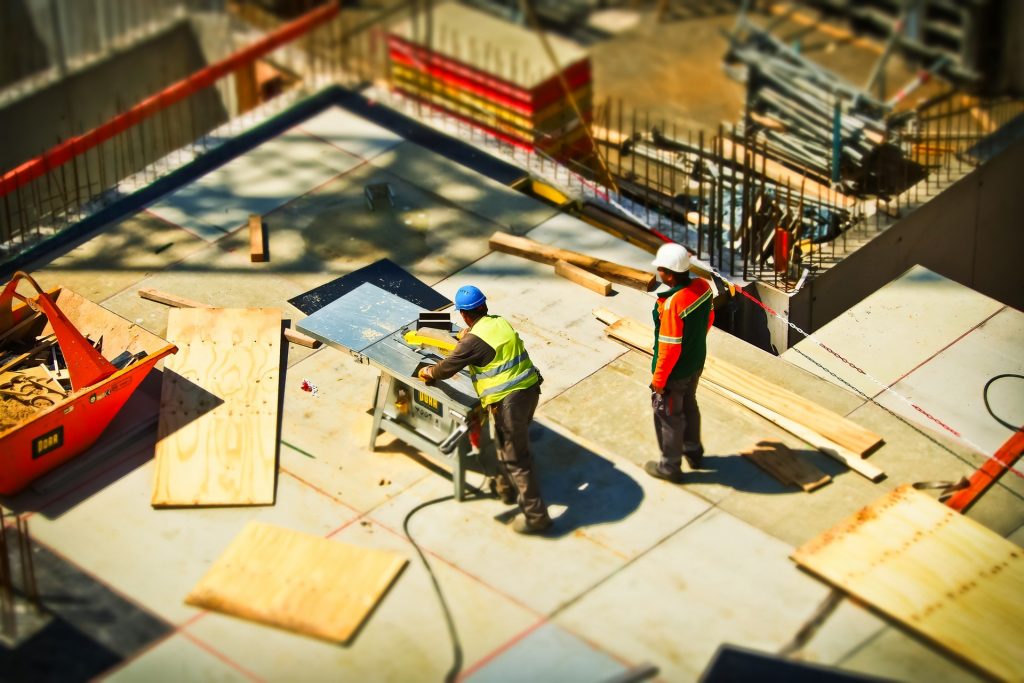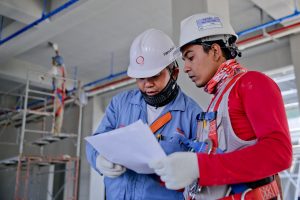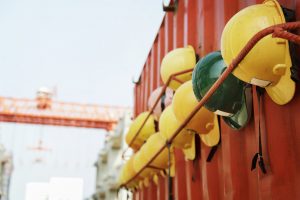
Creating an extensive health and safety checklist is also a significant first step in creating a safe workplace. Identifying potential dangers and developing processes to manage them can ensure the security of your workers and show your dedication to creating a culture of safety in your office.
Prior to Making Your checklist below are four things to Remember:
- Explore the safety and health regulations that are relevant to your state and business/area of work. For a complete breakdown of the dangers which exist, arrange an onsite safety assessment run by the governing work safety authorities in your region.
- Organize the regulations which pertain to your business. By way of instance, all regulations and safety policies concerning equipment and heavy machinery, like cranes as well as any other process which require safety protocol should be collated and documented. This now permitting any worker to readily discover the law they are searching for that pertain to this particular gear.
- Create a booklet with easy to follow instructions for employees and managers to perform safety inspections on equipment on a frequent basis to ensure that equipment is of a high safety standard. Create boxes with each piece of equipment which may be assessed to ensure it is crystal clear which items are being checked and for what regulations and label an area for employees to state who has performed the check with a name and signature.
- Have a health and safety record/checklist in a readily accessible location for anybody to reference including workers, supervisors and health inspectors. If necessary, interpret the checklist into various languages based on the demands of your workers.
Below are 10 items to Concentrate on and include on your office security checklist:
1) Floors
Keep floors clear of any debris which may cause tripping. If your company operates with fluids, such an automobile mechanic, make sure you mop up spills or leaks to prevent incidents as soon as they happen. What might appear to be a little spot of oil can create a slide and may pose a possible nonconformance challenge to the environment. The most appropriate plan of action would be to put an absorbent towel over the petroleum, to try to attempt to find out where the leak/spill is coming from and how to fix it.
2 ) Staircases
Staircases to storage areas can grow to be a resting spot for things like tools or boxes. Work with your staff to correctly store the tools or supplies and assess your staircases daily for any tripping hazards. Additionally, make sure stairways have sufficient lighting and signage to prevent trips and falls. Including both indoor stairwells in addition to outside or exit stairwells.
3) Lighting
Appropriate lighting in office spaces can help prevent eyestrain on computers for employees and decent lighting in stairwells is imperative to prevent injuries that will land employees having to seek out physio for their back or knee injury. Outdoor lighting can also be important to help make a safe journey in the office to the parking lot for both visitors and employees. It’s necessary to check light and replace light bulbs which have gone or broken out.

4) Footwear
Appropriate footwear is vital for workers that work in a commercial office e. It’s important for every employee to have the correct protection and proper fit. If needed, employees also need additional protection, for example, steel-toed boots. Employers must work with their workers and supply footwear guidelines and recommendations that guarantee the appropriate fit, correct protection and adequate choice of shoe.
5) Emergency Protocols
Educate your employees on emergency procedures like what to do in the event of a fire or employee injury. Clearly mark exits, make certain you’ve got the appropriate signage and put emergency contact numbers in plain sight. Regularly review emergency procedures and make sure all employees know how to respond.
6) First Aid
Supply your office with a completely stocked first-aid kit which comprises all the materials you’ll need. Encourage workers to deal with even tiny scratches to steer clear of further infection or other complications. Provide first aid kits in office places as well, as employees can cut themselves or fall over chairs or boxes. If workers are suffering knee, back or any other injuries encourage them to see a physio to create a corrective exercise program for them.
7) Personal Protective Gear
Make certain you have the sufficient supplies of safety garments and gear. Just take the necessary actions to guarantee the gear you supply properly fits your workers is in the appropriate condition and supplies the essential degree of security. These are things such as safety hats for those around and operating cranes and forklifts

8) Keeping Things Clean
An unclean office may pose a health and safety risk. Ensure all restrooms are washed at least one time each day and encourage workers to wash up after themselves in lunchrooms and cafeterias. Start looking for potential signs of flea infestation, for example, glistening droppings or gnawed food bundles and work with an exterminator to see to the issue.
9) Elevated Surfaces
Elevated surfaces may pose a tripping hazard in your office. As a best practice, mark any elevated areas with warning signals to ensure workers understand the change in altitude. Also, make sure you check unplanned changes like frayed carpeting or dips in flooring and encourage workers to report any difficulties.
10) Machines and Power Tools
Ensure tools are not rusted and examine the state of machine guards and other protective bits. Also, make sure that all workers are appropriately trained or have the qualifications to utilize the gear before letting them operate independently.